(ECNS) -- About 12,000 seeds carried by the Shenzhou-13 manned spaceship have returned to Earth and are undergoing cultivation experiments after being bred in space, Inner Mongolia Science and Technology Research Institute said on Sunday.
Last year, seeds provided by Chinese Academy of Agricultural Sciences, Inner Mongolia University, Inner Mongolia Academy of Agricultural and Animal Husbandry Sciences and M-Grass Ecology, a technological enterprise, were authorized to be sent into space on the Shenzhou-13 spaceship. At present, M-Grass Ecology has officially launched experiments on six grass strains bred in space.
Space seed breeding experiments have been carried out during the key technology verification stage of China’s space station project, according to the institute. Thousands of plant seeds, microorganism bacterium and other space breeding materials from 88 units have been brought back from space by the returning Shenzhou-12 and Shenzhou-13 capsules.
The Shenzhou-13 spaceship was launched from the Jiuquan Satellite Launch Center in Northwest China on Oct 16, 2021. Experiments in space science and technology were carried out during the in-orbit flight.
M-Grass Ecology sent six grass seed varieties (50.5 grams) like wild barley and purple fescue into space. This is the second space breeding experiment conducted by the group after the return of six grass species mutations with the Chang'e 5 spaceflight in 2020.
Next, the research team of M-Grass Ecology will measure the viability of the returned seeds. One-third of the seeds will be stored in a germplasm bank, and the other seeds will be used for breeding research.









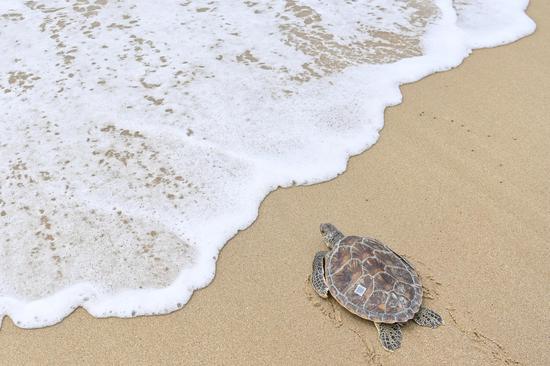



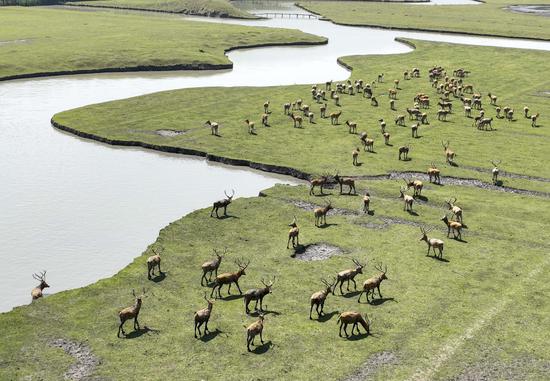

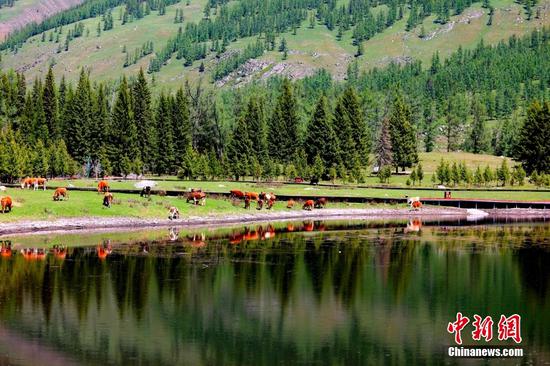
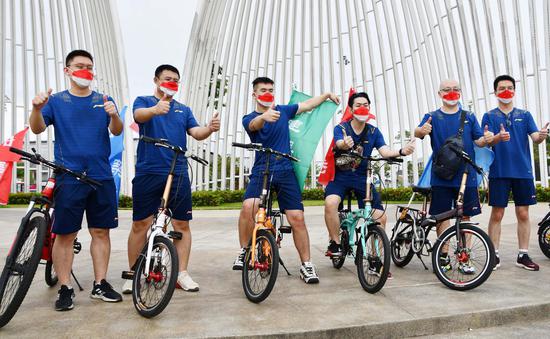







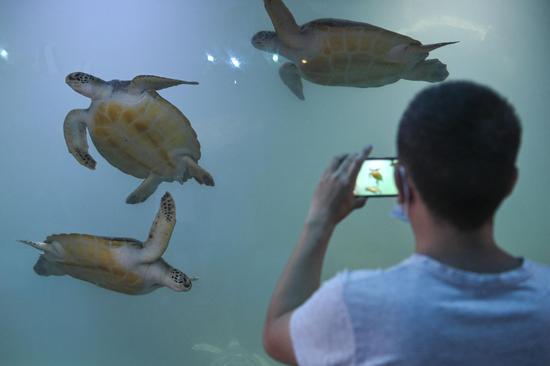
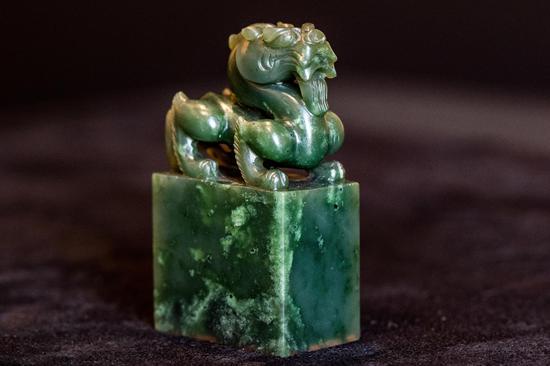
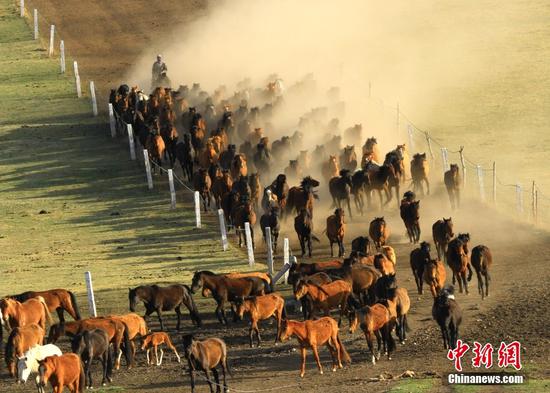
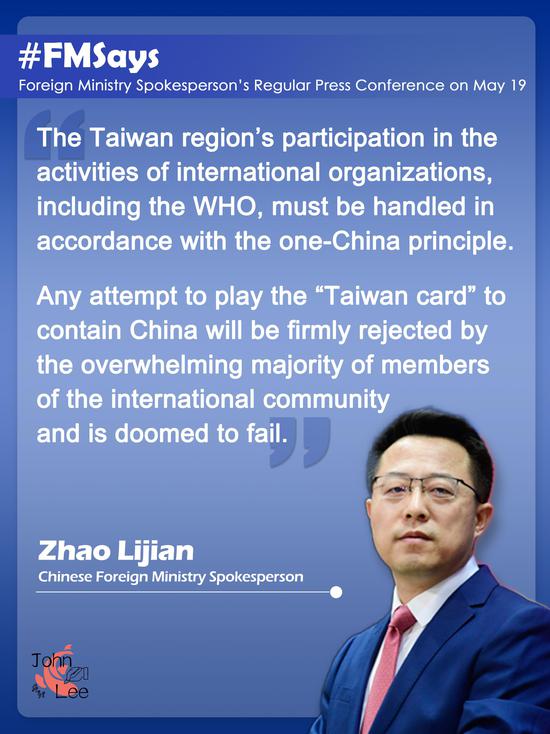


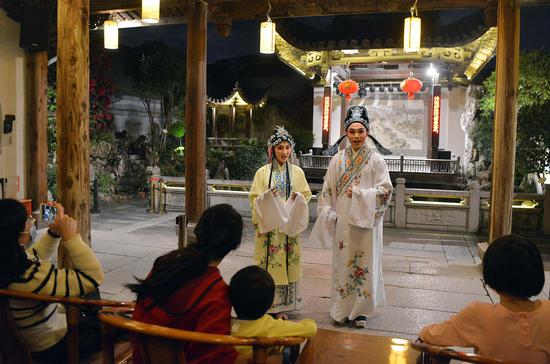
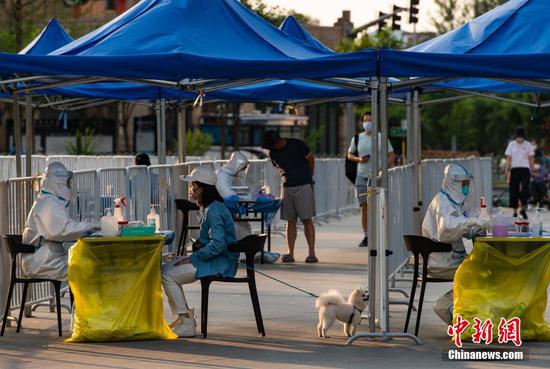


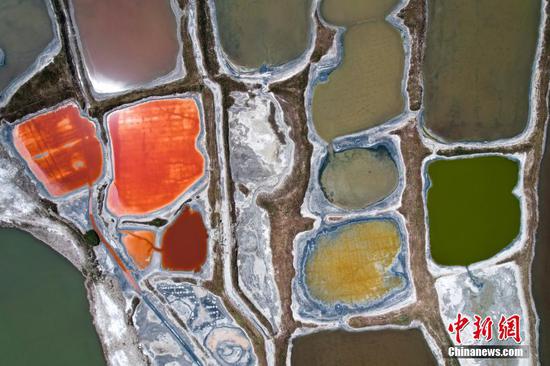

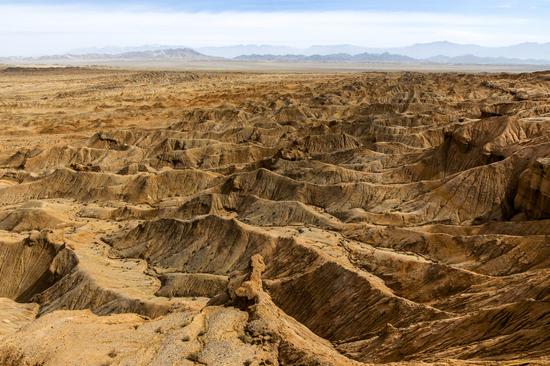

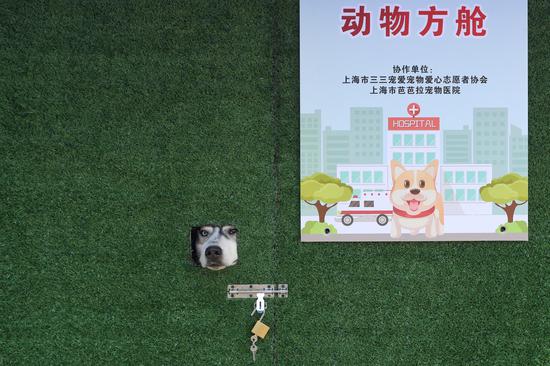


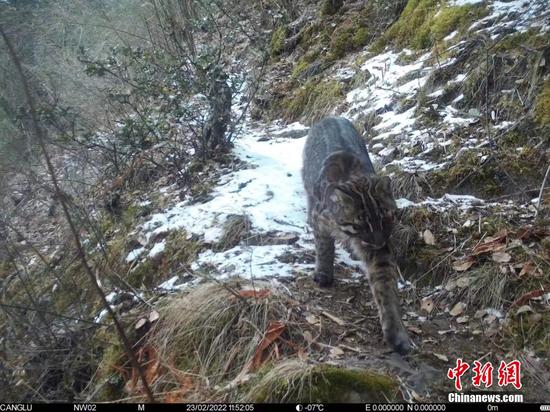


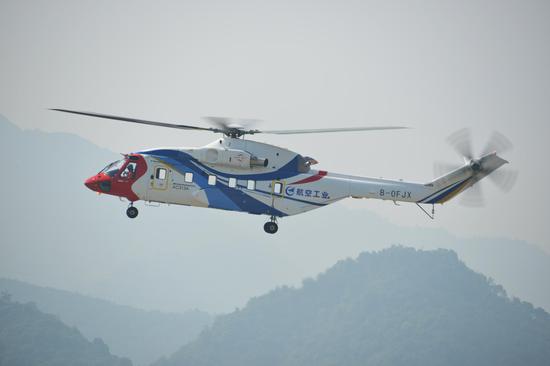



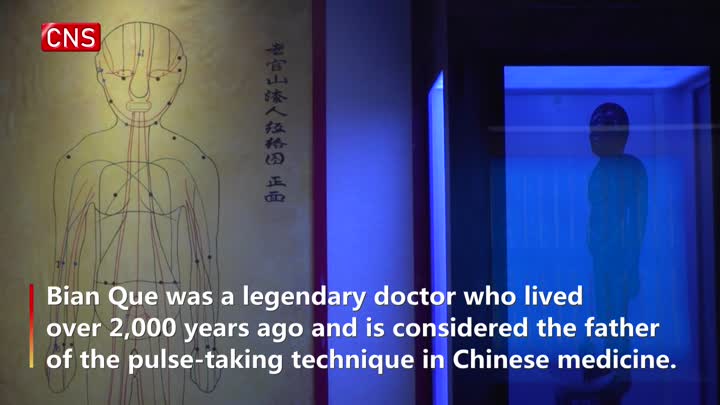

 京公网安备 11010202009201号
京公网安备 11010202009201号
